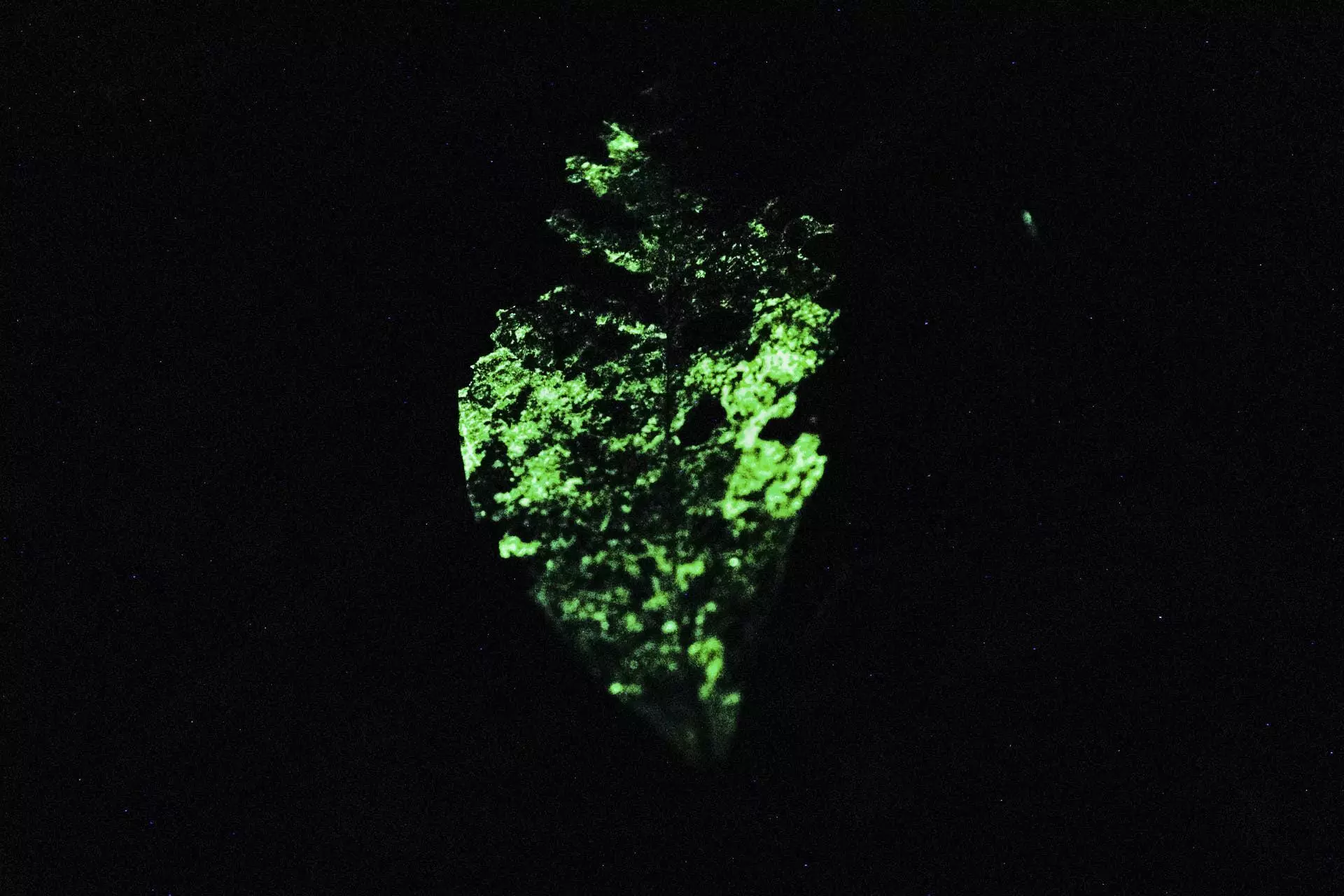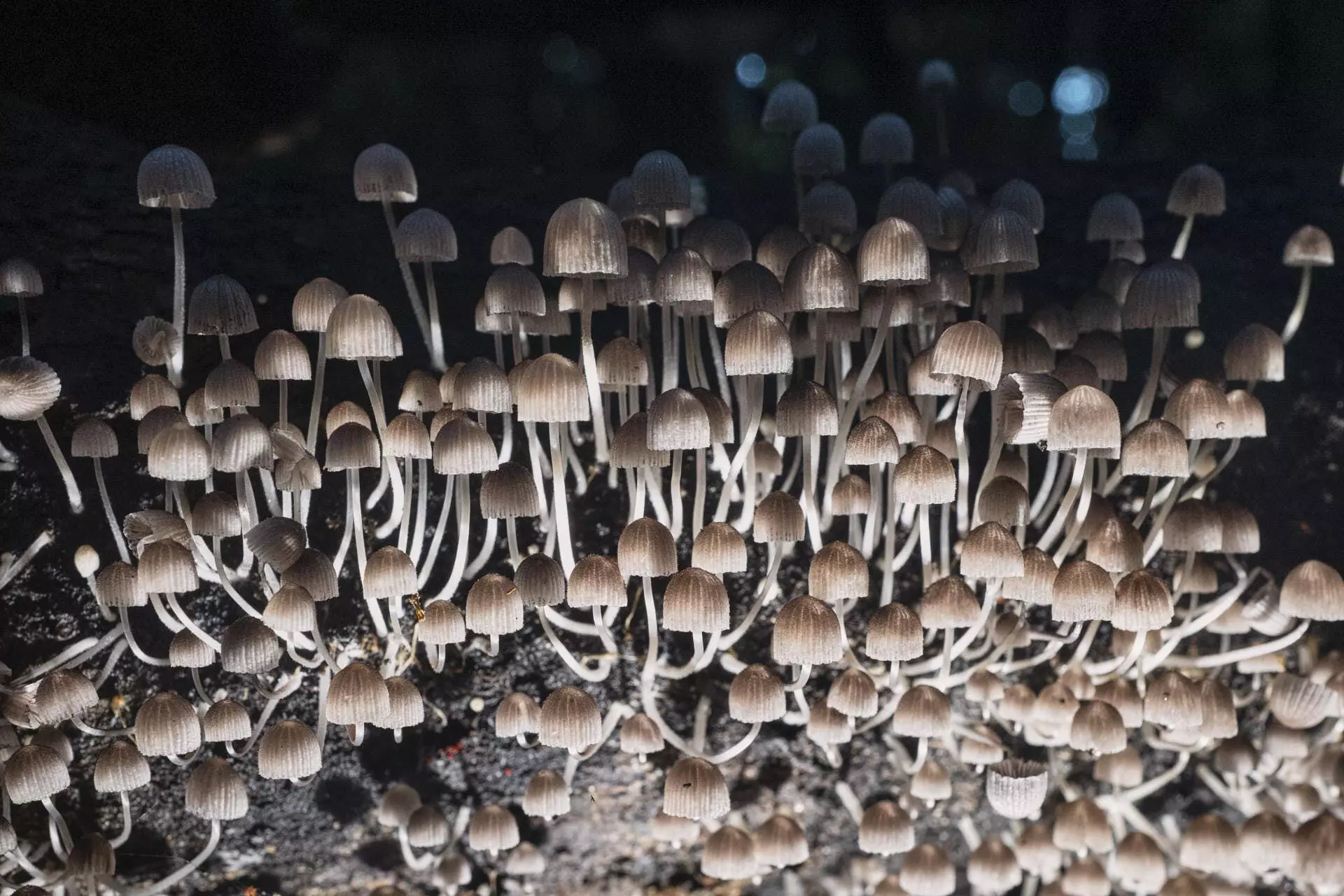What is Mycelium-SUMAÚMA?
Get to know the co-training program for forest-journalists run by our Amazon-based trilingual news platform and access some of its special content
“Mycelium” is the name of the co-training program for forest-journalists run by our trilingual journalism platform, SUMAÚMA – Journalism from the Center of the World. This wonderful webwork of fungi reflects our aspiration to be neither an individual nor a group but rather a relationship. Mycelium-SUMAÚMA is a relationship that puts journalism’s focus on the forest movement/nature movement relationship.
Each session of Mycelium-SUMAÚMA takes place in a region of the Amazon. The first began this May at our base in the Middle Xingu, in the region of Altamira, where the SUMAÚMA team has been engaging in co-training with fourteen individuals, mostly young people. Participants include members of the Xipaya and Yudjá/Juruna Indigenous peoples; ‘ribeirinhos’, or traditional forest peoples, who live in two extractive reserves on the Iriri and Xingu rivers and also in the community of Maribel; a fisherwoman; a female ‘quilombola’ (member of a community of descendants of rebel enslaved Africans); a female smallhold farmer; and youth from the poor outskirts of urban Altamira. Because SUMAÚMA firmly believes that protecting the forest depends on empowering women, the majority of the participants are female. They all receive a monthly scholarship for one year, along with equipment.
In addition to attending six collective in-person gatherings, the first of which took place in the Rio Xingu Extractive Reserve and lasted nine days, the “myceliants,” as they are called, receive ongoing mentorship from “sowers,” who are journalists with SUMAÚMA. We call it a co-training program because members of the SUMAÚMA team teach the ethical, in-depth journalism they know how to do, while the forest-people teach us how they tell their stories—since the Indigenous of the Amazon have been weaving narratives and sharing news for over ten thousand years. Through these myceliated interactions, we discover new forms of journalism together.
We have opened a “branch” of Mycelium on SUMAÚMA’s trilingual platform so we can share with our readers some of the written content prepared for participants. During the second half of this year, we hope to publish some of their reports as well. The idea behind Mycelium-SUMAÚMA is to co-train forest-journalists not only to work with SUMAÚMA and other independent news agencies in the Amazon but also to launch initiatives of and on their own—because we must myceliate!
Eliane Brum
SUMAÚMA sower
Do you know what that white fog is that we see coming out of a ripe mushroom cap when a beam of light cuts through the treetops and hits these living organisms?
This fog is made up of billions of spores, as fungal reproductive cells are called. Each spore carries half of the genetic material (DNA) to generate another mushroom. The spores are carried by the wind, insects, and other animals to different places, dispersing fungal species.
When a spore finds a substrate – its food – that has the right temperature, humidity, and light conditions, it germinates, creating very fine threads called hyphae that are not visible to the naked eye. These hyphae branch out and form a network called a mycelium.
The primary mycelium generated from the spore is mononuclear. Alone, it cannot generate a new mushroom. So this mycelium needs to find another mycelium generated by a spore with genetic material that is complementary to and compatible with its own. For this to happen, hyphae tips are attracted through some amazing chemical communication by fungi – the walls and membranes of the tips temporarily break down allowing the nucleus to move from one hypha to the other mycelium’s hypha, in something resembling fungal intercourse. A mycelium formed by hyphae with two nuclei has all of the species’ genetic material and it is called a secondary mycelium, which is capable of generating a new mushroom.
When we are walking through the forest, the shapes, sizes, colors, and scents of mushrooms delight us. But they are actually the “genitals” of some fungal species, while the mycelium could be considered the body of the fungus. The longer lifecycle of filamentous fungi has to do with the mycelium.
A visit to the forest is a snapshot of a moment – and the work of fungi is invisible. Yet if we look at the forest as if it were a movie, the magnificent action of fungi can be seen in how they transform the leaves, fruit, flowers, branches and trunks of dead plants, not to mention animal excrement and the animals themselves when they die. All of this becomes organic matter that promotes the nutrient cycle keeping the forest alive.
Underground, hidden from sight, fungi are silently doing a remarkable job, associating with plant roots. These associations are called mycorrhizae. The plant mostly provides the fungus with sugars generated through photosynthesis and the fungus provides the plant with nutrients like minerals and moisture absorbed from the soil. This symbiotic association, as is called the long-term meeting where both species benefit, facilitated plant evolution and allowed plants to dominate the part of the earth covered by land.
The mycelium network in the soil and subsoil also acts as an internet network between plants. An example: when a plant is attacked by insects, it sends a chemical message through the mycelia to notify nearby plants so that they can produce insect-repelling substances, protecting and preserving the species. These substances are oftentimes produced by endophytic fungi, which spend at least part of their lifecycle inside of living plants, without harming them. Scientists report that every plant studied thus far makes endophytic associations, the result of at least 400 million years of co-evolution between fungi and plants. It has now been proven that the active ingredients in various medicinal plants are produced by the fungi living inside of them.
Then there are parasitic fungi, which damage and even kill their hosts. In the case of insects, one of the most intriguing examples is “zombie ants.” Spores germinate in a healthy ant and the mycelium produces substances that change the ant’s behavior, causing it to climb from a few centimeters to more than two meters up a plant, depending on local light conditions. Dominated by the fungus, the ant bites the plant, attaching to it, and dies. The insect’s body becomes food for the mycelium, which grows and ends its lifecycle by forming a reproductive structure. This will, in turn, then form other spores, which will disperse farther based on how high up the ant went.
Insects not only have mycelium foes, but there are also fungus-farming insects that grow mycelia: many ant and termite species live in association with fungi. These insects are unable to digest the plant cellulose that they so determinedly carry to their nests. It is the mycelia that are able to produce enzymes that break macromolecules – like celluloses and hemicelluloses – down into sugars and provide food for the insects. It is widely believed that these insects are farming the fungi, but could it be the fungi that are dominating the insects so that they will find food for them?
The lichen seen all over the forest, on tree trunks, the ground and rocks, are another type of symbiotic fungal association. In this case, they associate with algae and bacteria. Fungi offer protection and shelter, while algae and bacteria reward fungi with a constant source of nutrition. Together, they are able to live in environments where neither could live on its own.
Finally, of all the mycelia, the most delightful and mysterious to human eyes and emotions are surely bioluminescent mycelia. Scientists estimate that 160 million years ago there was a common ancestor of mushrooms in the Mycena genus, the one with the most bioluminescent species of fungus found so far. While it is known that their light is the result of chemical reactions similar to what occurs with fireflies, science has yet to discover with certainty what ecological role bioluminescence plays in these fungi. Many people think they help the fungi reproduce, yet they are still unable to explain why it is that in some species only the mycelium is bioluminescent and the mushroom is not.
Mycelia transform, feed, and connect life and death among the forest’s inhabitants. And thus they continue the over one billion year old process of evolution.
*Noemia Kazue Ishikawa. Biologist with a PhD in natural resources and researcher with the National Institute for Research on the Amazon (Inpa). She works in the field of environmental mycology.
*Ruby Vargas-Isla. Agronomist with a PhD in botany and fellow with the Amazonas Research Foundation (FAPEAM) at the National Institute for Research on the Amazon (Inpa). She works in the area of fungiculture and mycotourism.
Spell check (Portuguese): Eduardo Peracio, Patricia Gondeck and Elvira Gago
Fact check: Priscila Pacheco
Translation into Spanish: Meritxell Almarza
English translation: Sarah J. Johnson and Diane Whitty
Photography editing: Marcelo Aguilar, Mariana Greif and Pablo Albarenga
Page setup: Érica Saboya
Design: Cacao Sousa
Illustration: Hadna Abreu

Leaves colonized by bioluminescent fungi, photographed at night in natural light, in the Adolpho Ducke Forest Reserve/Inpa. Manaus, Amazonas, 2023. Photo: Christian Braga/Sumaúma







